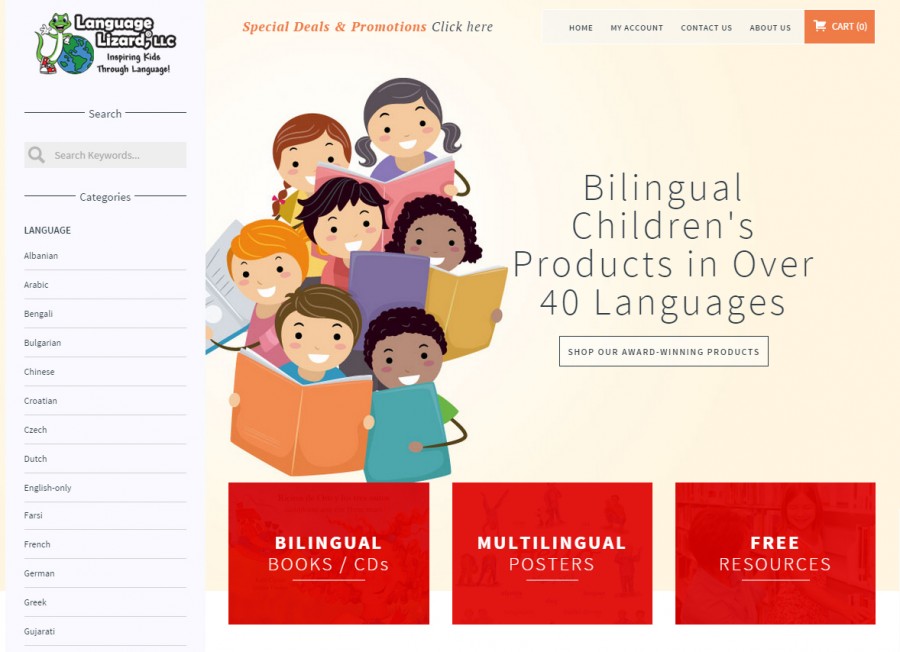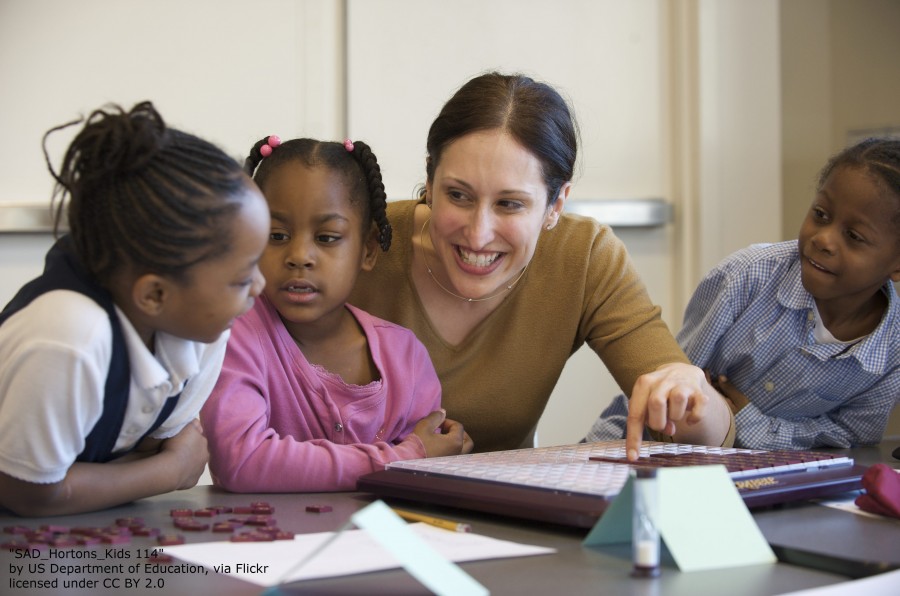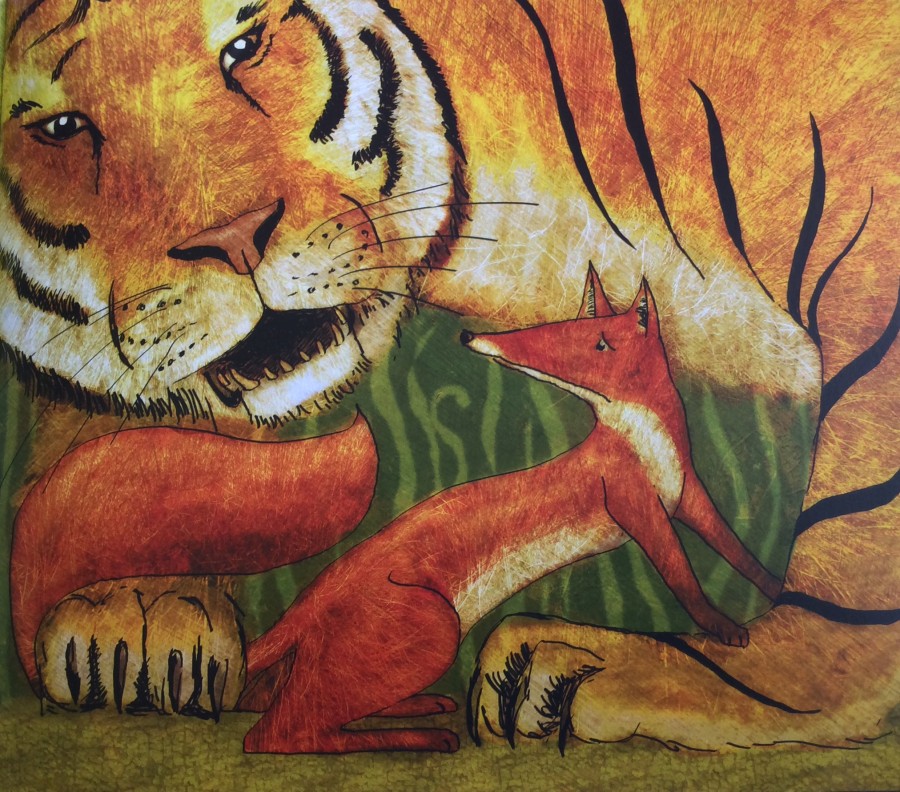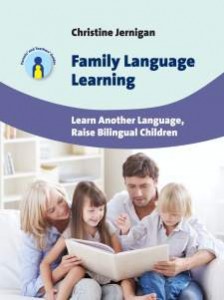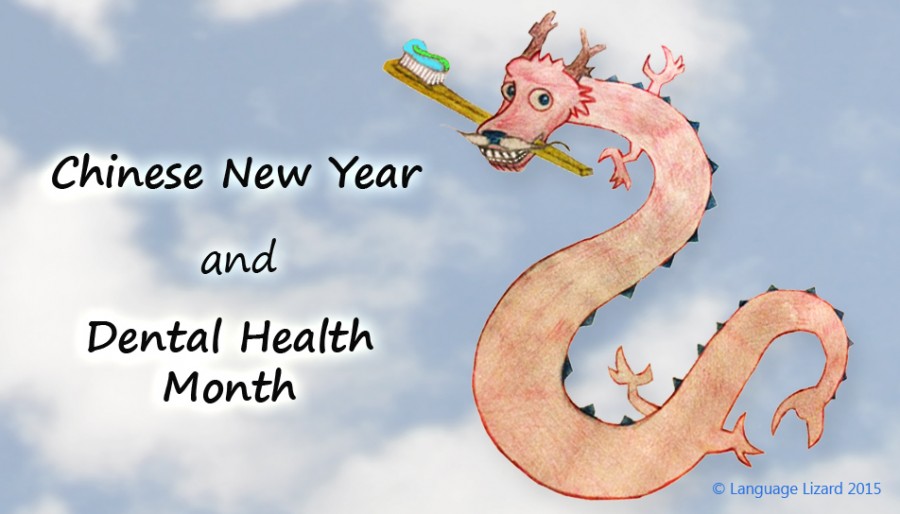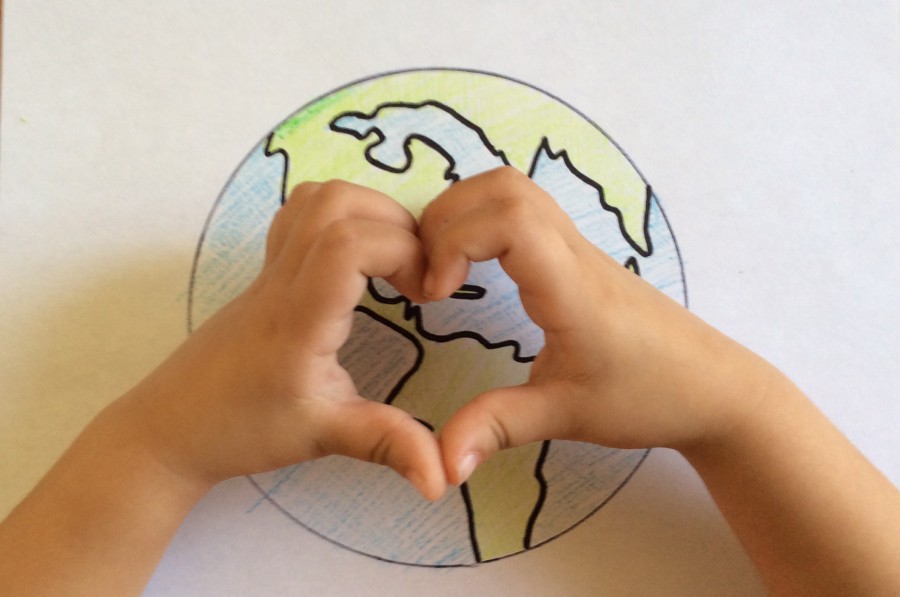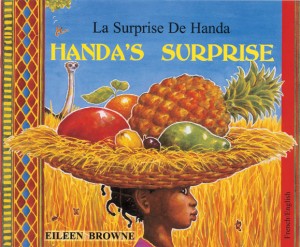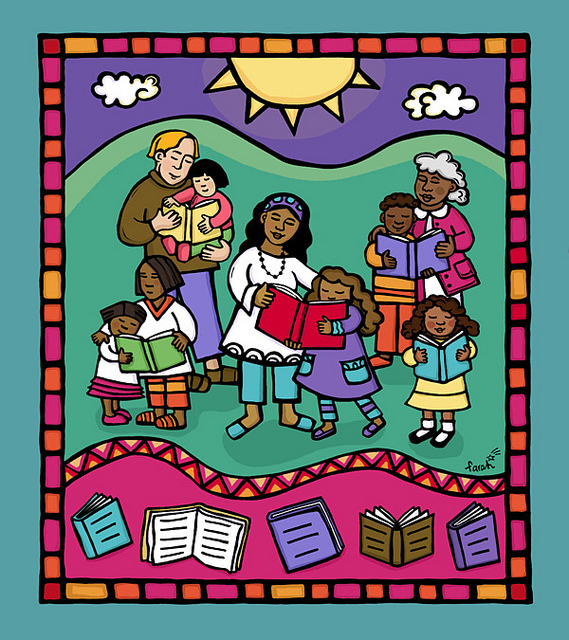We are very pleased to announce the launch of our newly designed website! Just in time for our 10th anniversary, the new site is designed with a fresh new look, user-friendly navigation, and a variety of features to help educators, parents and librarians support their language learners.
Finding the Right Bilingual Products Has Never Been Easier!
Language Lizard still offers the high quality, beautifully illustrated, professionally translated books and posters you know and love. Our new website design features faster, easier............. CONTINUE READING
Classroom,
Community Support,
Dual Language,
ELLs / DLLs,
Families,
Giveaways,
Libraries,
Schools,
Teacher Resources,
April 2, 2015

